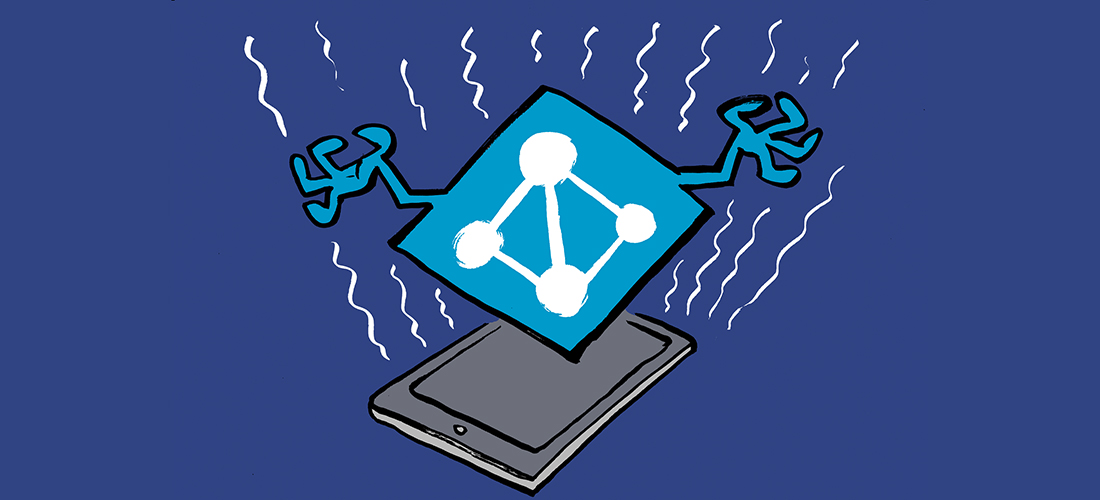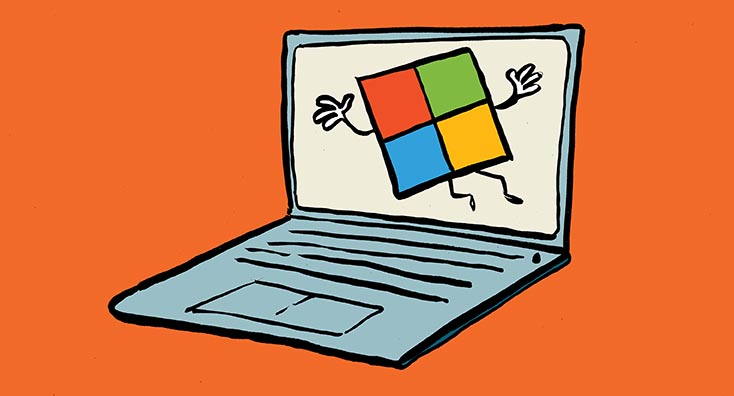Six Years of Patient Waiting for a New Exchange Server Version
At Microsoft Ignite in September 2020, Microsoft announced Exchange vNext, the next version of Exchange. At the time, speculation was that Microsoft would call V.next Exchange Server 2022, based on the normal three-year naming cycle. However, the development of V.next took much longer, and now we have Exchange Subscription Edition (SE).
It took Microsoft five years to finalize Exchange SE, but that does not mean Exchange SE is an entirely different product. Exchange SE is almost 100% identical to Exchange 2019 CU15, including the latest May 2025 Hotfix Update. Some minor details like build numbers change, but essentially, Exchange SE is Exchange 2019 CU15+.
There’s a lot of misunderstanding and misinformation on the Internet about Exchange SE and the upgrade paths to Exchange SE. In this article, I provide an overview of Exchange SE, discuss possible upgrade paths, and outline Exchange server support.
Exchange Server Support
As outlined in the Microsoft Support Lifecycle, Exchange 2016 and 2019 reach end of support on October 14, 2025. After this date, it is no longer possible to ask Microsoft support for assistance in case you encounter issues with Exchange 2016 or Exchange 2019.
When a Microsoft product is out of support, it also means that Microsoft no longer releases any security updates for that product. However, recently, Microsoft announced the Extended Security Update (ESU) program. ESU is a 6-month program that allows Microsoft to release critical or important updates for Exchange 2016 or Exchange 2019. This is a paid service, only available through your Microsoft account team. As such, it is only targeted towards larger companies that need (a little bit) more time to upgrade their Exchange platforms.
It is important to note that ESU is not an extension of the support lifecycle. Therefore, after October 14, if you encounter issues with Exchange 2016 or Exchange 2019, you are on your own and must seek support outside of Microsoft.
Future Releases of Exchange SE
Exchange SE follows the regular Cumulative Update cadence, with the N-1 support lifecycle. So, the first release of Exchange SE (RTM) is supported until Microsoft releases Exchange SE CU2.
Cumulative Update 1 of Exchange SE is scheduled for release in the first half of Calendar Year (CY) 2026. Exchange SE CU1 will introduce new features like Kerberos for server-to-server communication, deprecation of Remote PowerShell (but like Exchange Online, PowerShell will still be very much part of Exchange Server), updating the Visual C++ redistributable, and removal of support for UCMA 4.0 (finally). As always with plans, features that actually appear in the final software are subject to change. Microsoft previously announced that Exchange CU1 would block coexistence with Exchange 2016 and Exchange 2019, but based on customer feedback, Microsoft decided that Exchange SE CU1 will support coexistence with Exchange 2016 and Exchange 2019.
Cumulative Update 2 of Exchange SE is scheduled for release in the second half of CY 2026. Exchange SE CU2 will block coexistence with Exchange 2016 and Exchange 2019. The features scheduled for release in Exchange SE CU2 are still unknown.
Exchange Server Upgrade Paths
Upgrading to Exchange SE is no different than upgrading to any earlier version of Exchange Server. Some upgrade paths are supported, some are not, but they work, and some are blocked by the setup program, depending on the Exchange server version you are running.
In Place Upgrades
It is possible to perform an in-place upgrade to Exchange SE, but only when you run Exchange 2019 CU14 or CU15. This is possible since Exchange SE is binary compatible with Exchange 2019 CU15, including the May 2025 Hotfix Update. The only obvious differences between Exchange SE and Exchange 2019 CU15 are the End-User License Agreement (EULA) shown when running the setup application and the Exchange build number. As such, you can see Exchange SE as Exchange 2019 CU16 without any new features but with a different name.
It is not possible to perform an in-place upgrade of the underlying operating system. If you run Exchange 2019 CU15 on Windows Server 2019, it is not possible to do an in-place upgrade to Windows Server 2025. This is not only not supported, but it will also break your Exchange server beyond repair, and you will need to recover from backup.
If you want to use a new version of Windows Server with Exchange Server, you must install a new server running the preferred operating system, install Exchange Server on the new server, and move mailboxes to the new server.
Moving mailboxes from an older version of Exchange to a new version of Exchange is also referred to as a legacy upgrade.
Exchange 2019 CU14/CU15
As mentioned in the previous section, if you are currently running Exchange 2019 CU14 or CU15, you can do an in-place upgrade to Exchange SE. If you want to use a new operating system, you must install a new server and perform a legacy upgrade to the new server.
Exchange 2019 CU13 or older
Although not supported, many organizations still operate Exchange 2019 CU13 or earlier versions. If you run an older version of Exchange 2019, I recommend upgrading the servers to Exchange 2019 CU15. Most likely, you run an older version of Windows on older Exchange 2019 servers. If so, I recommend doing a legacy upgrade from Exchange 2019 CU15 to Exchange SE running on Windows 2025 to keep everything on the latest version.
Exchange 2016
Exchange 2016 CU23 was released on April 20, 2022. At the time of writing, it’s a little more than 3 years old. And it is still supported by Microsoft, although support ends in October 2025. If you run Exchange 2016 CU23, you can perform a legacy upgrade to either Exchange 2019 CU15 and do an in-place upgrade to Exchange SE. A more straightforward approach is to perform a legacy upgrade to Exchange SE and migrate the resources directly to Exchange SE.
The official recommendation for older versions of Exchange 2016 is to upgrade to Exchange 2016 CU23 and do a legacy upgrade to Exchange 2019 CU15, followed by an in-place upgrade to Exchange SE, or do a legacy upgrade directly to Exchange SE.
It’s not supported, but a legacy upgrade from an older version of Exchange 2016 to Exchange SE should be possible as well, making it much easier to upgrade to Exchange SE.
Exchange 2013
Microsoft released Exchange 2013 CU23 (the latest CU for Exchange 2013) on June 18, 2019 and Exchange 2013 reached end of support on April 11, 2023. I hope you are no longer running this version of Exchange, but I’m afraid there are still organizations that are on Exchange 2013. If you are, you should question yourself if you’d better move to Exchange Online.
Exchange 2019 CU15 blocks coexistence with Exchange 2013, so if you want to move to Exchange 2019, your only option is to move to Exchange 2019 CU14 and decommission Exchange 2013 from the organization. From here, you can do an in-place upgrade to Exchange SE.
As a side note, if you want to move from Exchange 2013 to Exchange Online, you must first introduce Exchange 2016 CU23 or Exchange 2019 CU14 (recommended) in your organization and use this version of Exchange to create a hybrid environment using the Hybrid Configuration Wizard. Using this hybrid configuration, you can move the resources to Exchange Online.
Summary
Exchange Subscription Edition is nothing more than Exchange CU15 with the May 2025 hotfix update, a new End User License Agreement, and a new build number. Because of this, it is one of the least exciting new Exchange versions.
At the same time, this makes upgrading from previous versions a bit easier, but there are some pitfalls you must be aware of.
According to Microsoft, a unique selling point is an in-place upgrade to Exchange SE, but this is only possible when running Exchange 2019 CU14 or CU15. One pitfall here is that you can only do an in-place upgrade of Exchange; it is still not possible to do an in-place upgrade of the underlying Operating System.
For older versions of Exchange, a legacy upgrade can be performed to Exchange 2019 CU14 or CU15, followed by an in-place upgrade to Exchange SE. For older versions of Exchange, except for Exchange 2013, it is also possible to install Exchange SE into the existing organization and move the mailboxes to Exchange SE. Initially, Microsoft’s plan was to block this coexistence in Exchange SE CU1, but this block has been postponed to Exchange SE CU2. This gives organizations more time to move to Exchange SE, but they should be aware that both Exchange 2016 and Exchange 2019 reach end of support in October 2025. Although the Extended Security Update (ESU) program, a paid service, can offer additional security updates after this date, ESU is not an extension of Exchange support.





I’m in a closed environment running Exchange 2019 on physical boxes (not sure why they did it that way). Can I deploy new Exchange SE VMs and migration the mailboxes to that and then decomm the legacy 2019 servers? How does SE work in a closed environment?
Sure, no problem
Is it okay to skip the April 2025 HU install and just install the latest Sept 2025 HU installation? I’m planning to recommend that to all our customers having issues with the dedicated hybrid app and migration endpoint failure. They still have the Feb 2025 HU installed.
Yes, security and hotfix updates are cumulative, so you can do this without any worries.
If I have Exchange 2019 Enterprise edition now, can I go ahead with the in-place upgrade to Exchange SE and then switch to an SE Standard licence key in future? (from what I’ve read the in-place upgrade uses the current licence key, then licence key changes will be required in a future CU)?
a lot is still unknown, and even at Microsoft I’m afraid so I really don’t know yet.
Curious. If I’ve updated to Se, have no mailboxes on prem and don’t use it for SMTP, only for management of mailboxes, must I still do this?
https://techcommunity.microsoft.com/blog/exchange/exchange-server-security-changes-for-hybrid-deployments/4396833
Seems odd I’d have to do this to keep free/busy working???
The EWS-based link for “rich coexistence” will stop working in October 2025. That’s why tenants are being asked to upgrade to use a Graph-based app. Free/busy is accessed via EWS today… so if you want that access to continue, you need the new app.
I agree with Tony, but in your scenario I would have a look at this article and start thinking about decommissioning you Exchange server.
https://techcommunity.microsoft.com/blog/exchange/introducing-cloud-managed-remote-mailboxes-a-step-to-last-exchange-server-retire/4446042
Where is the Exchange SE certification? Won’t Microsoft provide the certification path?
I assume that Microsoft will eventually address the certification gap. For now, Exchange 2019 is basically the same.